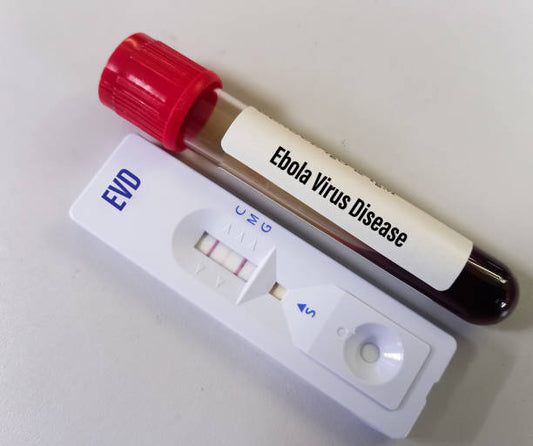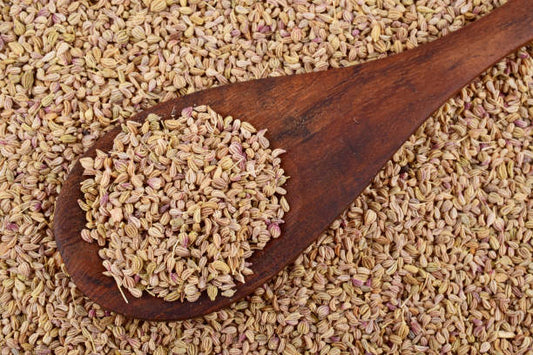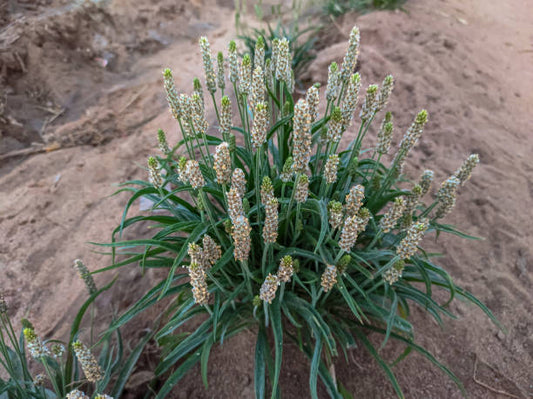Antimicrobial resistance (AMR) is a growing global health threat. Simply put, it occurs when bacteria, viruses, fungi, and parasites evolve to resist the effects of medications that were once effective against them. This means that infections become harder to treat, leading to longer illnesses, more hospital stays, and increased mortality.
What is Antimicrobial Resistance?
Antimicrobial resistance happens when microorganisms (bacteria, viruses, fungi, and parasites) change over time and no longer respond to medications, making infections harder to treat.

Key Highlight: "Superbugs" are strains of bacteria that have become resistant to multiple antibiotics, making them particularly dangerous.
Why is AMR a Global Health Concern?
- Increased Mortality: Resistant infections can lead to longer hospital stays, higher medical costs, and increased mortality.
- Limited Treatment Options: With fewer effective antibiotics available, doctors have limited options to treat common infections.
- Impact on Medical Procedures: AMR can complicate surgeries, cancer treatments, and other medical procedures that rely on effective antibiotics to prevent and treat infections.
Key Highlight: Each year, approximately 700,000 people die from drug-resistant infections, and this number is expected to rise.
How Does AMR Spread?
- Overuse of Antibiotics: Using antibiotics when they are not needed accelerates the development of resistance.
- Improper Use: Not completing prescribed antibiotic courses or using them incorrectly can contribute to resistance.
- Agricultural Practices: The use of antibiotics in livestock can lead to resistant bacteria, which can spread to humans through food and the environment.
Key Highlight: About 80% of antibiotics in some countries are used in agriculture, contributing significantly to AMR.
What Can Be Done to Combat AMR?
- Proper Antibiotic Use: Only use antibiotics when prescribed by a healthcare professional and always complete the course.
- Infection Prevention: Practice good hygiene, get vaccinated, and prepare food safely to reduce the spread of infections.
- Global Action: Governments, healthcare providers, and individuals must work together to implement policies and practices that reduce antibiotic resistance.
Key Highlight: Developing new antibiotics and alternatives to antibiotics is crucial in the fight against AMR.
Conclusion
Antimicrobial resistance is a serious global health issue that requires immediate attention. By understanding the causes and consequences of AMR, and by taking steps to use antibiotics responsibly, we can help mitigate this growing threat.












